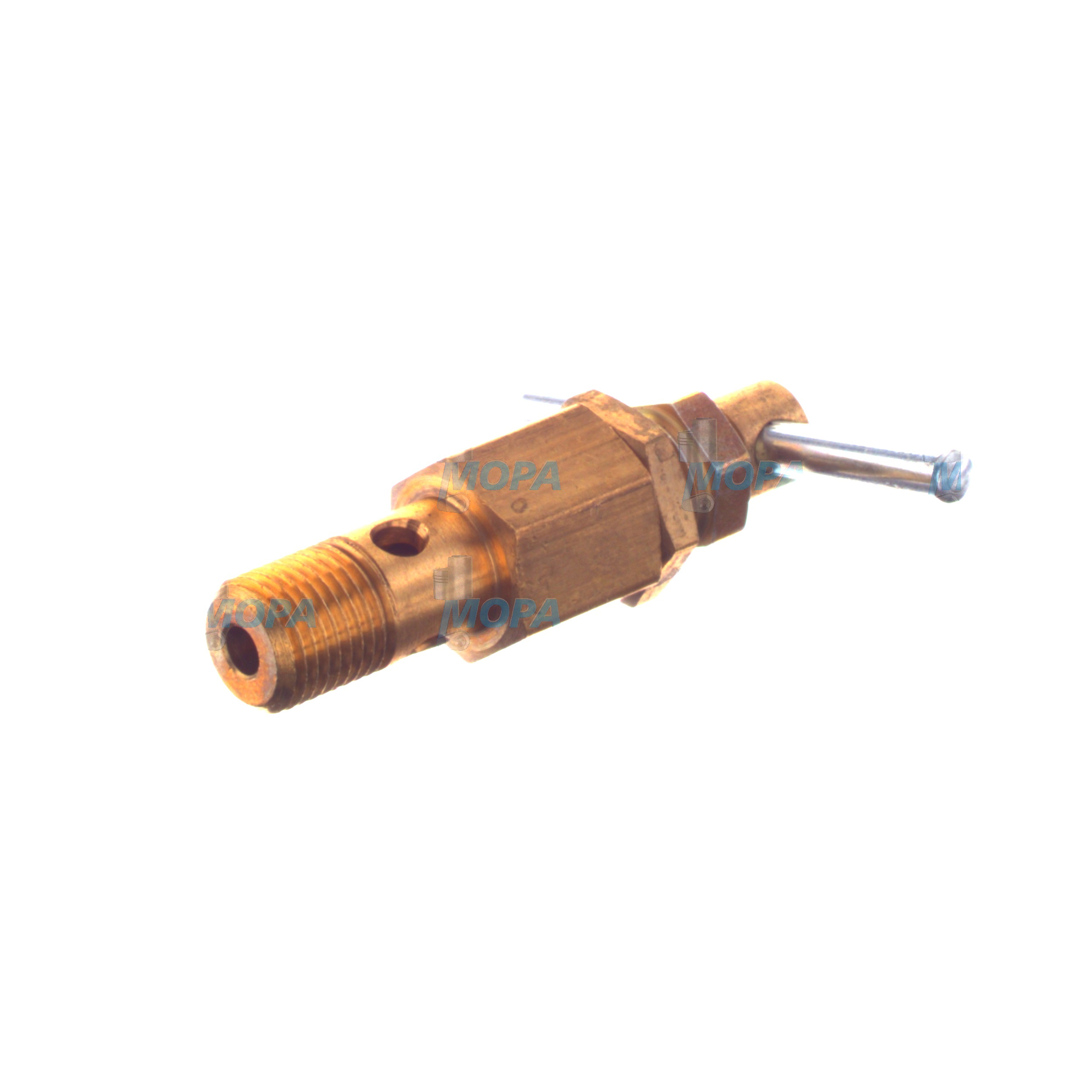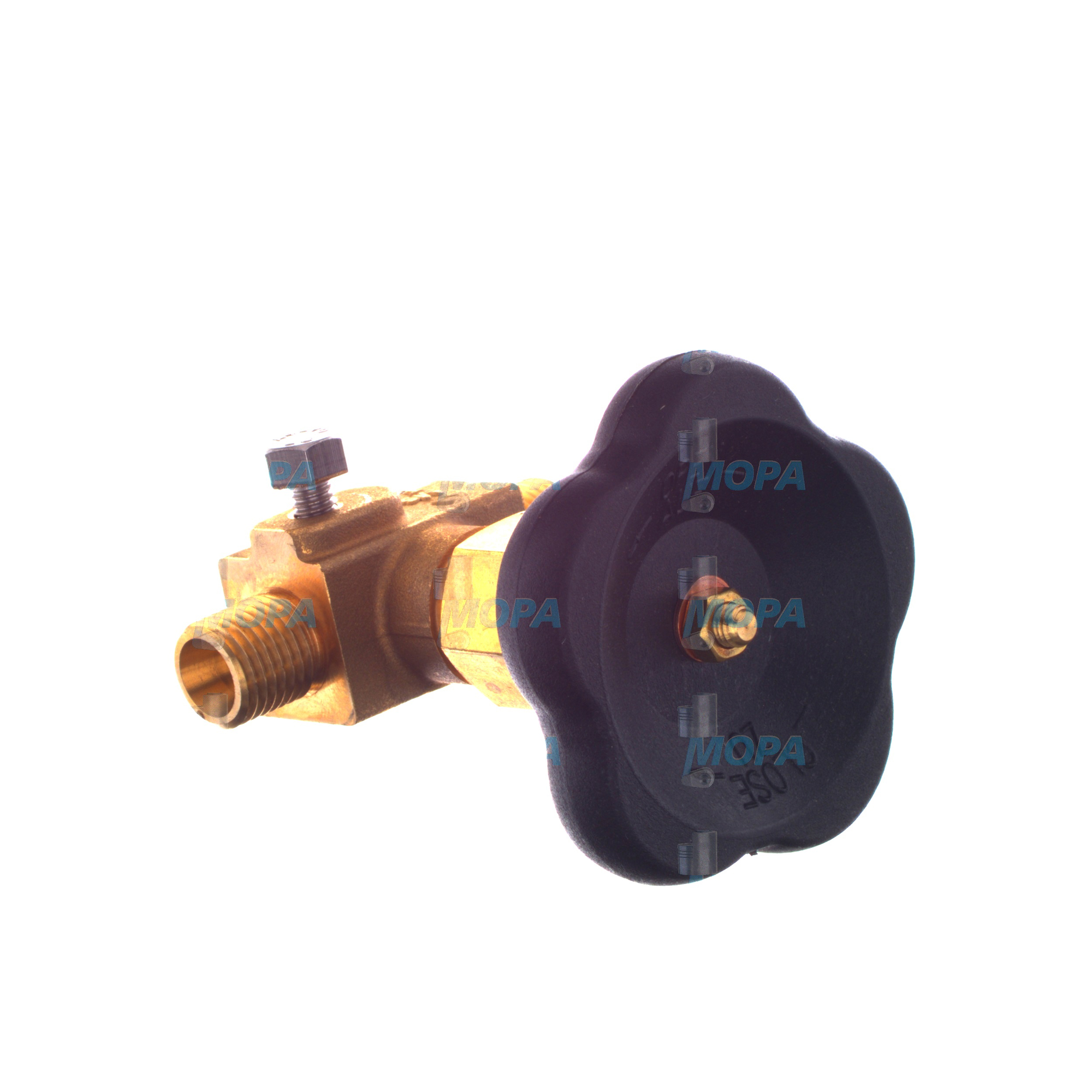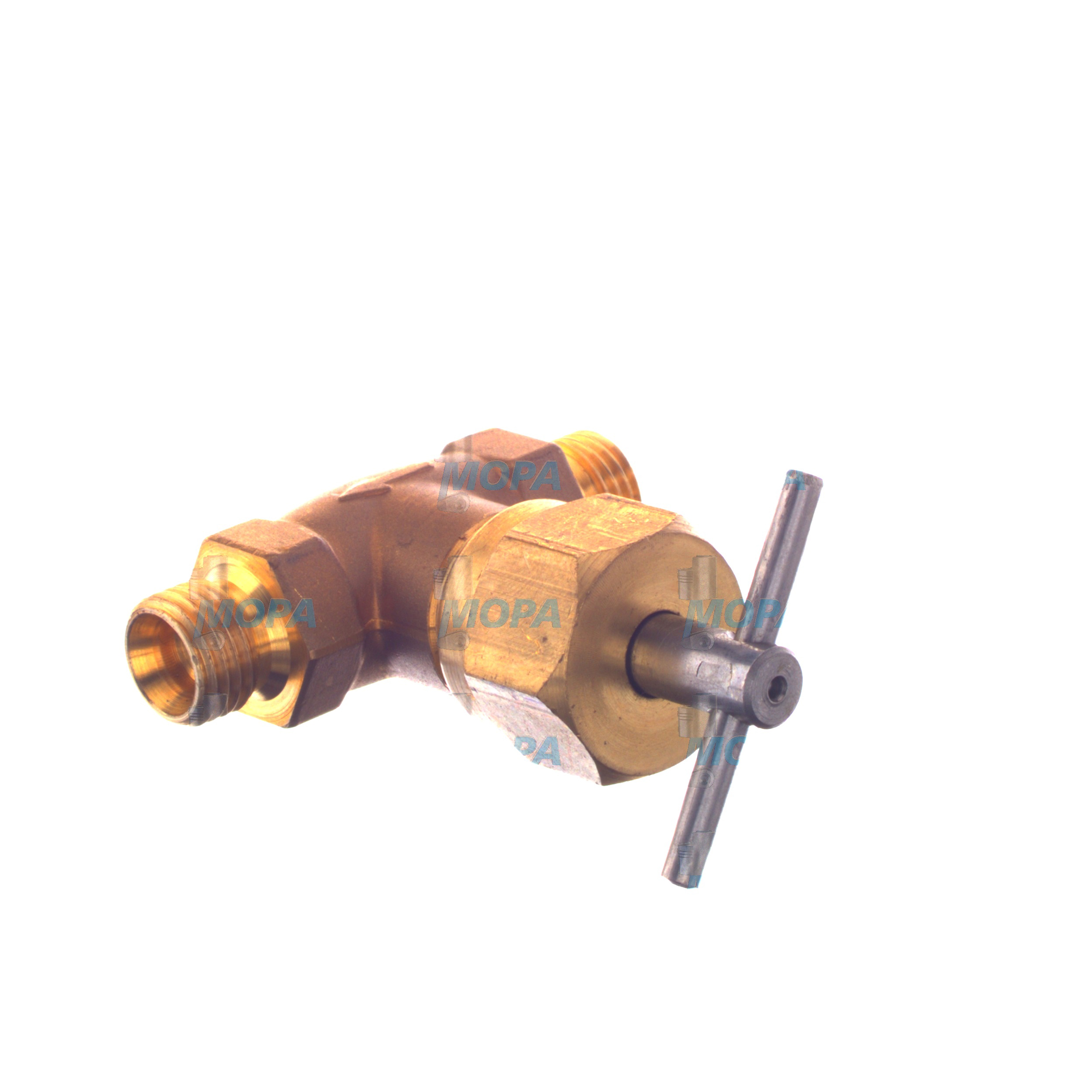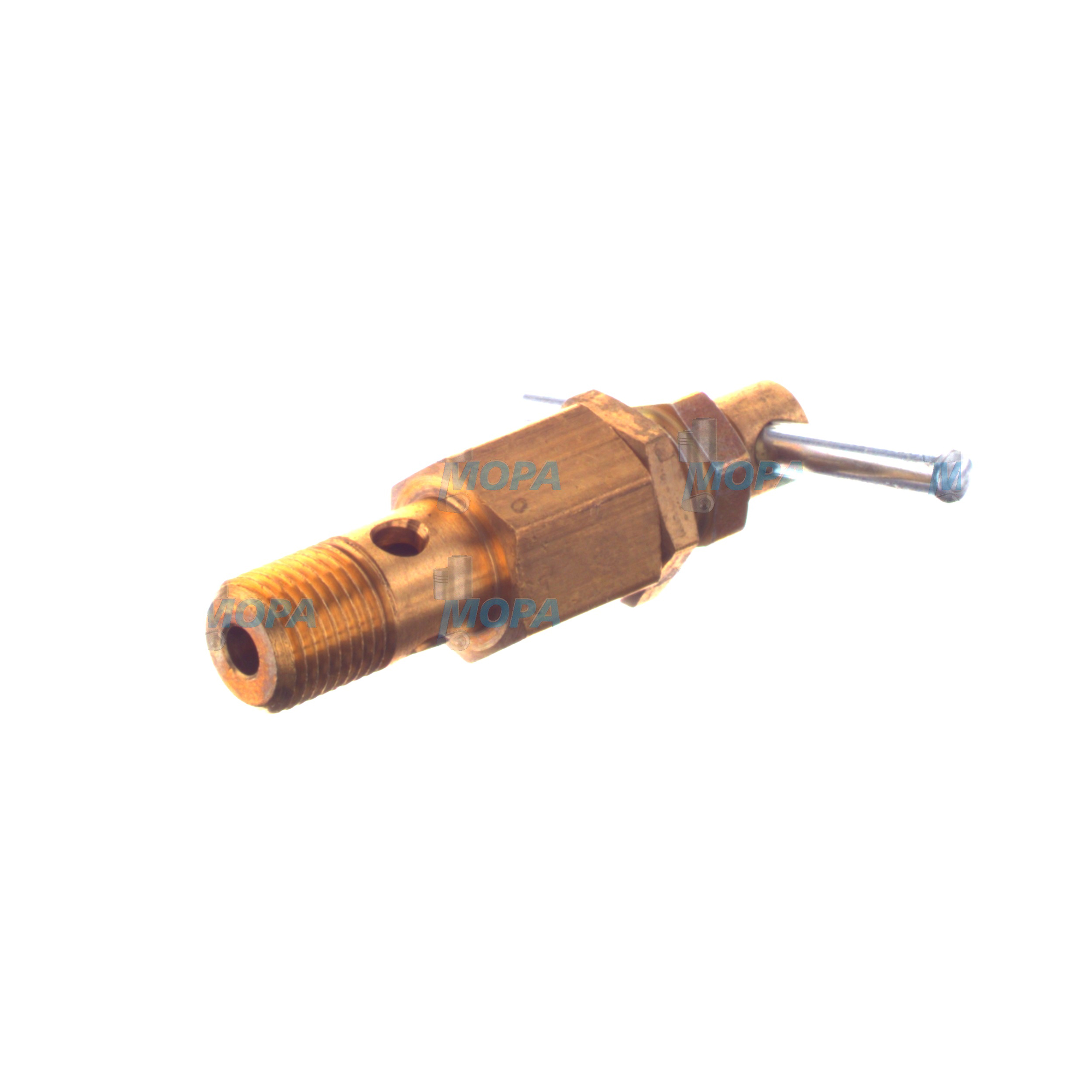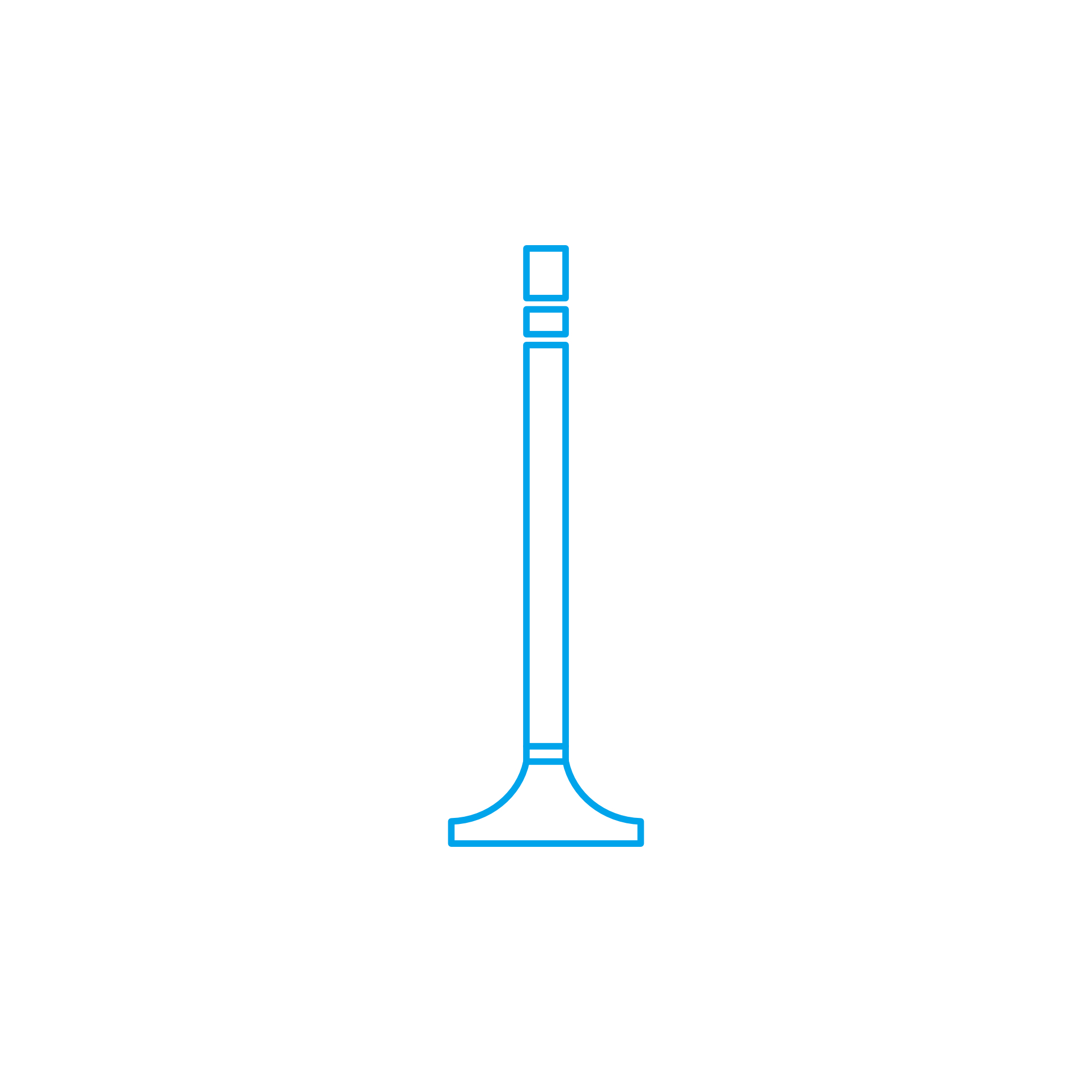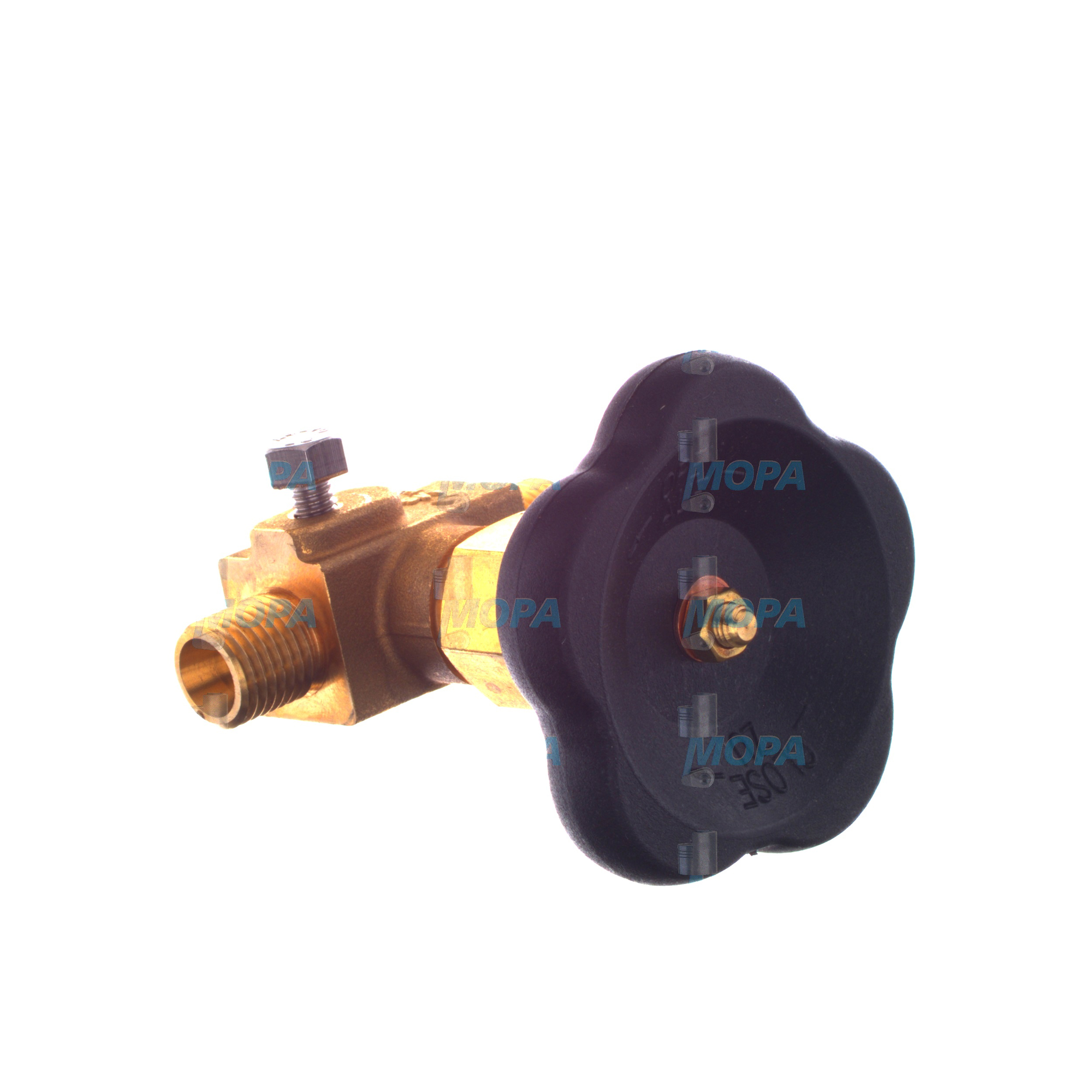SHUT-OFF VALVE and Valves for Marine and Diesel Engines
Valves are precision components that control, direct, and isolate the flow of gases and liquids within engines. From charge-air management to fuel, lube oil, and cooling circuits, they determine how reliably and efficiently an engine breathes, burns, and protects itself. Within this category, the SHUT-OFF VALVE stands out as the safety-critical device that isolates media on command—enabling rapid stops, segmenting circuits during maintenance, and preventing escalation in abnormal situations.
Whether installed on a marine engine, a heavy-duty diesel engine, or a high-output gas engine in industrial service, well-specified valves safeguard uptime and performance. They convert design intent into measurable results: stable combustion, precise fuel metering, consistent temperatures, clean emissions, and safe operation in demanding environments.
Technical function of Valves and the SHUT-OFF VALVE in a diesel engine
Engine valves perform two overarching tasks: regulating flow and isolating flow. Intake and exhaust valves in the cylinder head meter charge exchange with millisecond accuracy, ensuring optimal volumetric efficiency and clean scavenging. In auxiliary circuits, globe, needle, ball, butterfly, and check valves set direction, pressure drop, and response times across fuel, coolant, and lubricating oil systems.
The SHUT-OFF VALVE is the isolator. In a diesel engine fuel system, a SHUT-OFF VALVE diesel engine assembly closes the supply to the high-pressure pump, preventing unintended fueling during maintenance or emergencies. On a marine engine, a SHUT-OFF VALVE marine engine configuration can be installed with remote actuation to stop fuel flow from day tanks, in line with safety procedures. Depending on the application, actuation may be manual, pneumatic, hydraulic, or electric (including solenoid designs), typically with fail-safe spring return to closed. Seat designs range from soft-seated PTFE for low-leakage service to metal-seated for high temperature and fire-safe requirements. Correct sizing and Kv/Cv selection minimize pressure losses and preserve system dynamics.
Material selection is critical. Bodies and trims use corrosion- and temperature-resistant alloys (e.g., stainless steels, duplex, or high-temperature alloys) to mitigate erosion, cavitation, and chloride-induced stress cracking in saline environments. Seal compatibility with diesel, HFO, MGO, LNG boil-off, or synthetic lubricants ensures long service intervals without swelling or hardening. In control loops, fast-acting valves stabilize fuel pressure and coolant temperature, directly influencing efficiency, NOx, and soot formation. In safety scenarios, the SHUT-OFF VALVE isolates fuel or air to prevent overspeed and aids rapid, controlled engine shutdown.
- · Precise flow control for combustion, cooling, and lubrication.
- · Rapid isolation via SHUT-OFF VALVE for safety and maintenance.
- · Robust materials for heat, pressure, and corrosion resistance.
- · Multiple actuation options: manual, pneumatic, hydraulic, electric.
- · Low leakage rates to protect performance and cleanliness.
- · Optimized Cv/Kv for minimal pressure loss and stable operation.
- · Service-friendly designs with accessible seats and stems.
- · Compatibility with diesel, gas, and marine fuels and fluids.
Why Valves and the SHUT-OFF VALVE are crucial for reliability and service life
Valves sit at the intersection of performance and protection. If intake or exhaust valves leak or stick, combustion quality declines, power output drops, and exhaust temperatures spike—accelerating seat recession and risking burnt valves. In coolant or lube circuits, worn or mis-specified valves provoke thermal instability or marginal lubrication, which increases bearing wear and shortens overhaul intervals.
A malfunctioning SHUT-OFF VALVE carries elevated risk. Slow closing, internal leakage, or incomplete sealing can extend stopping times, allow fuel migration into hot zones, or complicate emergency procedures. On a marine engine, this can translate into elevated fire risk or loss of containment in confined spaces. In any engine room, poor valve condition contributes to fuel consumption penalties, higher emissions, and unplanned downtime.
By maintaining tight sealing, correct stroke, and reliable actuation, properly selected and maintained valves protect pistons, liners, turbochargers, and aftertreatment devices. The result is predictable operation, compliance with procedures, and a longer service life for the entire power unit.
Advantages of OEM spare parts suitable for Valves and SHUT-OFF VALVE assemblies
Using OEM spare parts suitable for valves preserves the exact fit, surface finishes, and tolerances that the engine relies on. Mating angles on seats and guides, stem coatings, spring rates, and actuator interfaces are matched to the engine maker’s specifications, which keeps sealing forces and response times within design windows. For the SHUT-OFF VALVE OEM parts, coil ratings, fail-safe mechanisms, and seat materials align with the thermal and chemical loads of the intended fuel or medium.
Performance benefits are immediate: consistent sealing minimizes blow-by and leakage, which stabilizes combustion and fuel pressure. Reliability improves through proven materials and validated assembly sequences, reducing the likelihood of sticking, galling, or premature wear. Budget efficiency follows from fewer reworks and shorter downtime—components fit first time, calibration holds, and commissioning is faster. Over the service life, these parts maintain actuator timing and sealing integrity, protecting turbocharger speed, bearing films, and exhaust temperature balance.
MOPA: fast, secure supply of OEM parts for Valves and SHUT-OFF VALVE needs
MOPA is an experienced and reliable partner for sourcing OEM spare parts suitable for Valves, including every critical SHUT-OFF VALVE variant for diesel and gas engines. With deep product knowledge across marine engine platforms and stationary power units, MOPA prioritizes speed, quality, and security in every transaction. Traceable supply chains, technically competent support, and responsive logistics help operators minimize downtime and maintain compliance with onboard safety procedures.
SHUT-OFF VALVE OEM parts for marine engine and diesel engine fleets
From fuel isolation valves to air intake shut-off assemblies and coolant or lube oil isolation points, MOPA provides solutions that integrate seamlessly with the installed base. The result is safer operation, predictable performance, and a streamlined procurement process for shipowners, power plant operators, and maintenance contractors.
Conclusion
Valves—and especially the SHUT-OFF VALVE—are foundational to engine performance, efficiency, and operational safety. Selecting and maintaining the right components directly extends service life and reduces operational risk. OEM spare parts suitable for Valves deliver the precision, reliability, and cost control that technical decision-makers need to keep marine and diesel engines running at their best.


